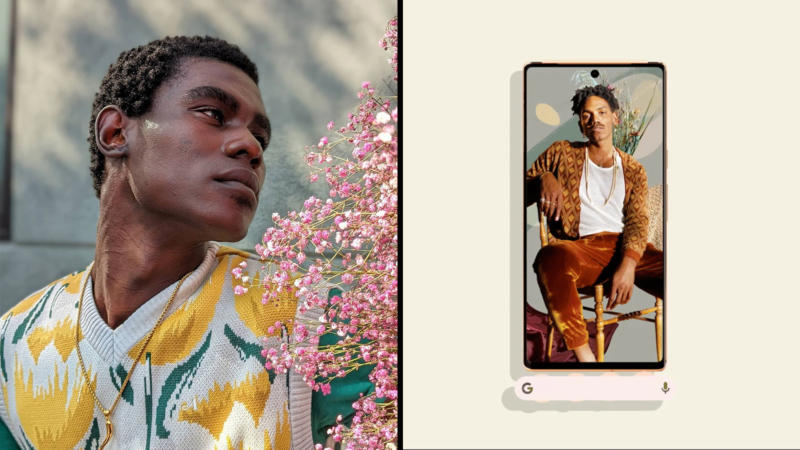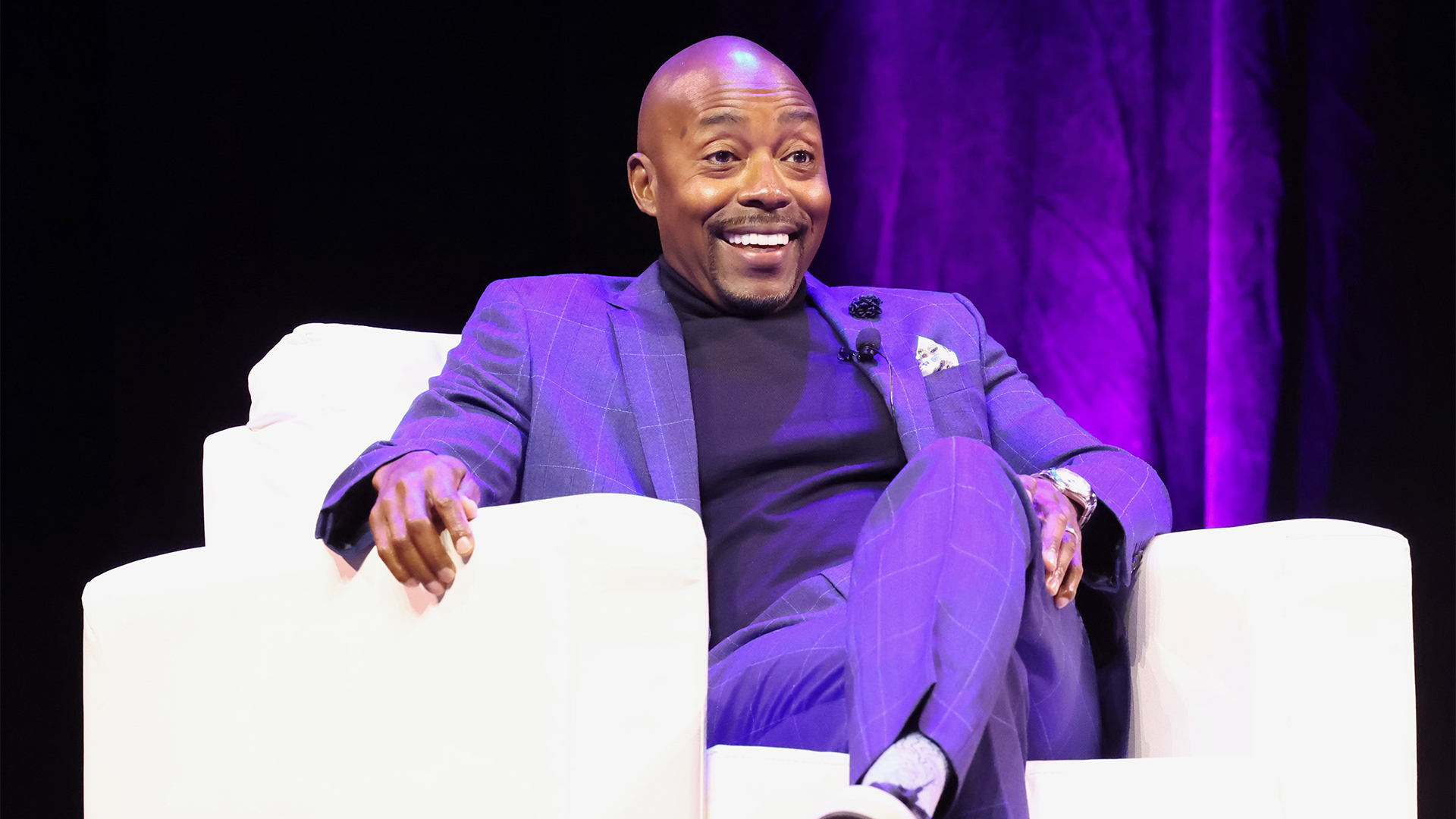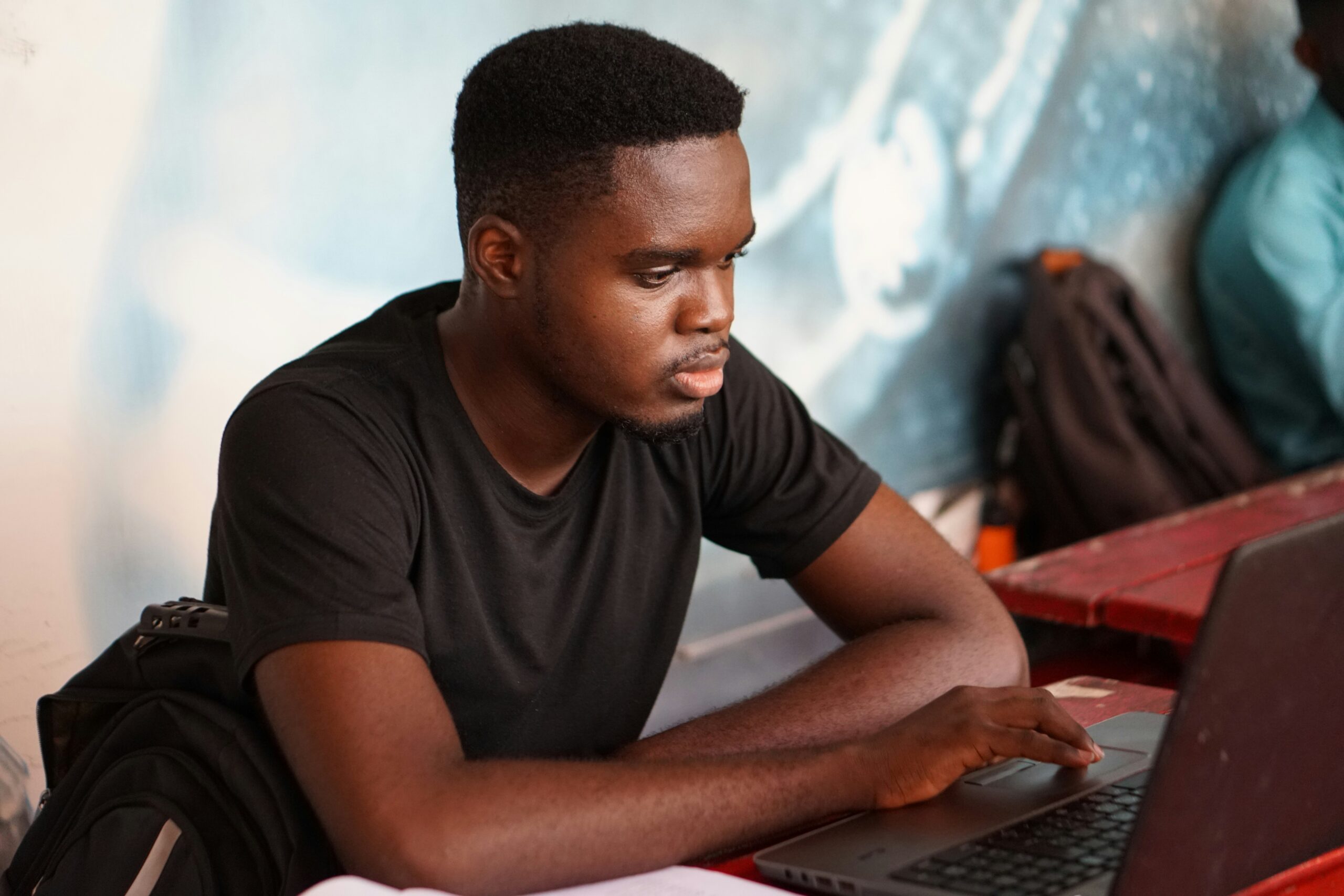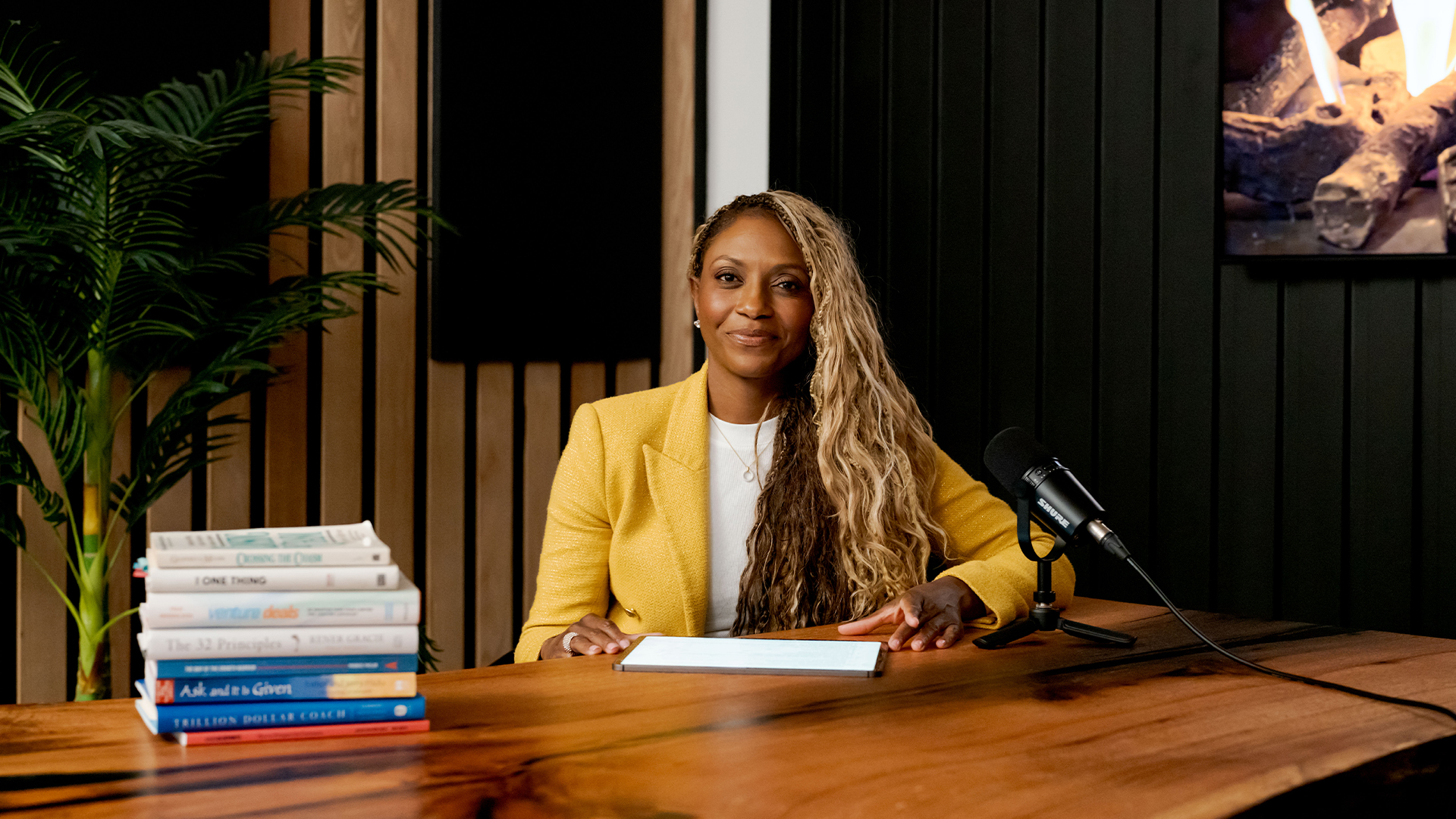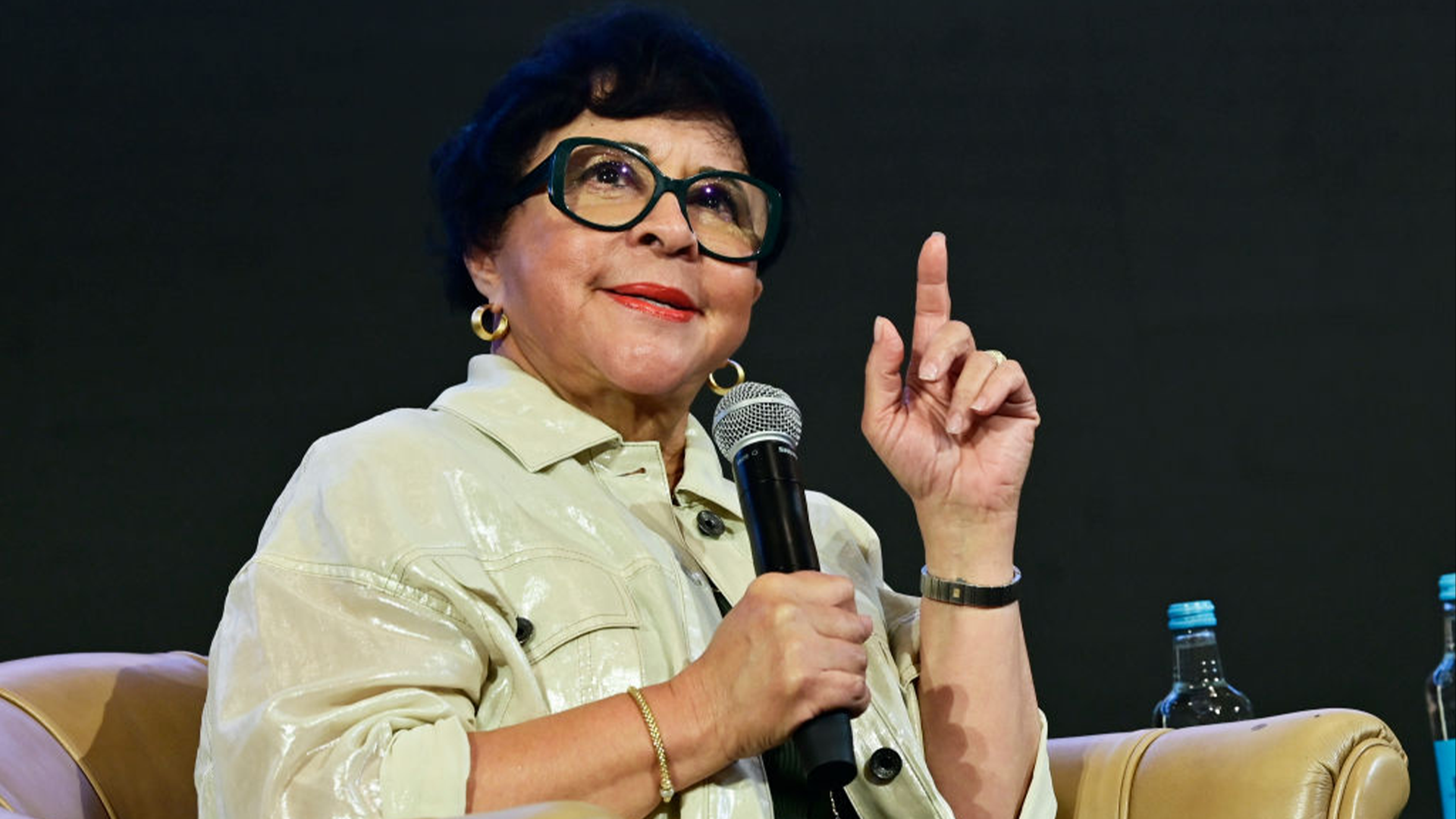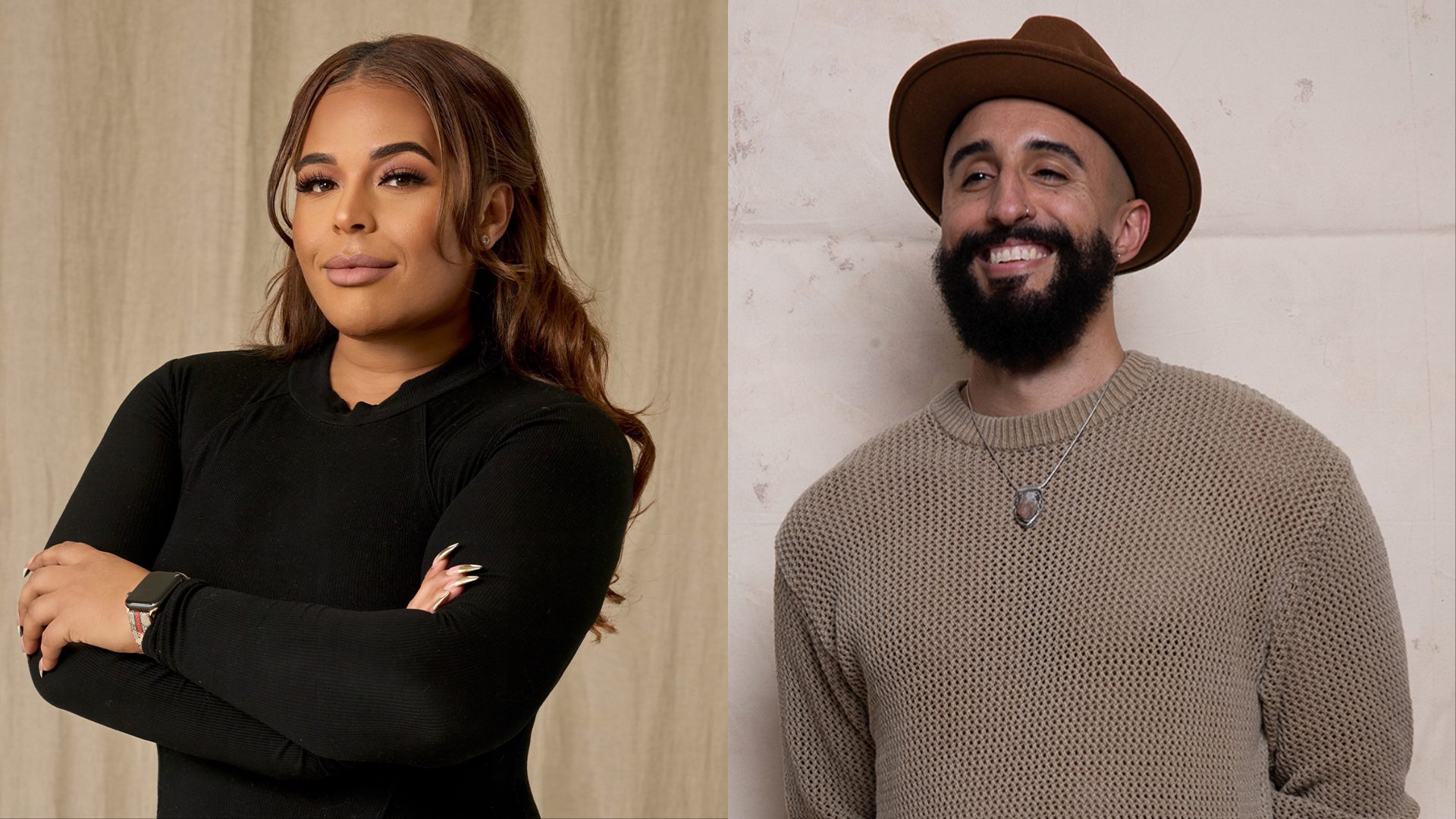There is built-in racism that has existed within the realm of photography due to technologies that disproportionately impact people of color with darker skin tones. Regardless of the right technical decisions made in a camera, if there is a subjective perspective driving image technology, it will continue to disadvantage people of color.
Google is working to combat this with the launch of their latest products Pixel 6, and Pixel 6 Pro, in which they worked with a diverse team of 18 collaborators and 16 photographers who honor darker tones within their work.
“The aftermath of George Floyd’s murder last summer was a wake-up call for people,” Florian Koenigsberger, Google Image Equity Lead told AfroTech. “The dissemination of pictures has been very top of mind — thinking about how people are remembered through those pictures because cameras cement memory.”
Koenigsberger continued: “If there was ever a time to keep ramping up this work, it is now. We have been building this project with nuance and care for quite some time — since 2016.”
Google Builds A Diverse Team For Constructive Feedback
For the Pixel 6, not only did Koenigsberger look for individuals who had the technical expertise to develop a product, but it was important for cultural education to be at the forefront of the technician’s decision-making process.
“We acknowledged early on that the population that has suffered the most from technological bias has been people with darker tones. It is important for engineers and the product team to understand ashing, hair texture, mid and undertones, and how light translates with darker skin tone,” Koenigsberger said.
To understand if the product they were creating would be of value to the demographic they were catering to, Google collaborated with various photographers, cinematographers, directors and colorists who did not just produce work for people of color, but also produced work with people of color. This distinction led them to a pool of talent that included photographers Adrienne Raquel, Kennedi Carter, Joshua Kissi and director of photography Ava Berkofsky.
Image Expert Zuly Garcia Weighs In On Collaborating With Google
The project proved to be special for Zuly Garcia, an image expert and collaborative with Google on Real Tone.
Although her work aims to create representation for Black and indigenous people, she recognizes the demographic is oftentimes overlooked with image technology, leaving thousands of communities of color left unseen. With an acquired sociology degree she learned to be cognizant of how technologies can impact how people feel seen in their skin, with their families, and within intimate spaces.
For Garcia, the opportunity to test out Google Pixel was a gateway to finding solutions that have historically infiltrated how deeper tones are captured. Her approach to deriving complications within the phone was not to capture the perfect image but to capture her subjects in real-life situations.
“I wanted to capture people in situations they would find themselves in BIPOC communities, like the dinner table and outdoor events,” Garcia told AfroTech. “Instead of finding the perfect picture with the best lighting, I worked to get the most out of an image even in the most unconventional scenarios.”
The feedback received from Garcia along with a cohort of creatives allowed Google to discover features that could resolve the discrepancies with darker skin tones. Auto-white balance, auto-exposure, compositional photography and stray light, were said to be the technical issues guiding the focus of Google’s improvements.
The Pixel 6 Exemplifies The Power Of Listening To People Of Color
Alongside working with creatives, Google wanted to consider the concerns of their Black and Latinx consumers.
The Pixel 6 is a product of responding to the pleas of representational justice for people of color and a reminder of how equity can be built when companies actively listen to the needs of communities of color.
“When we consider Sony, Nikon and Canon — all so familiar to us as image-makers — communities of color are driving so much of the creative innovation on the other side of those tools,” Koenigsberger said. “Why is it that we’re handing these tools to people to use, go tell stories about their communities without asking them what they think about the way that they should be built.”
He continued: “I hope that’s a big takeaway for people — that there is power in saying, ‘We’re going to bring the community into this process. We’re going to listen instead of telling people what we think should happen and we’re going to collaborate from there and see what happens.’”
